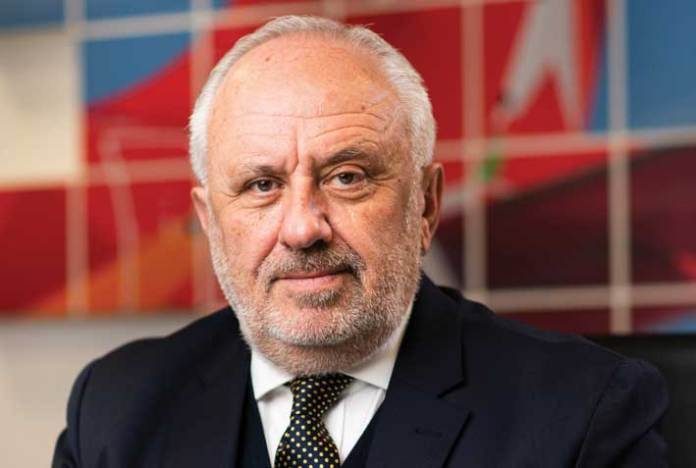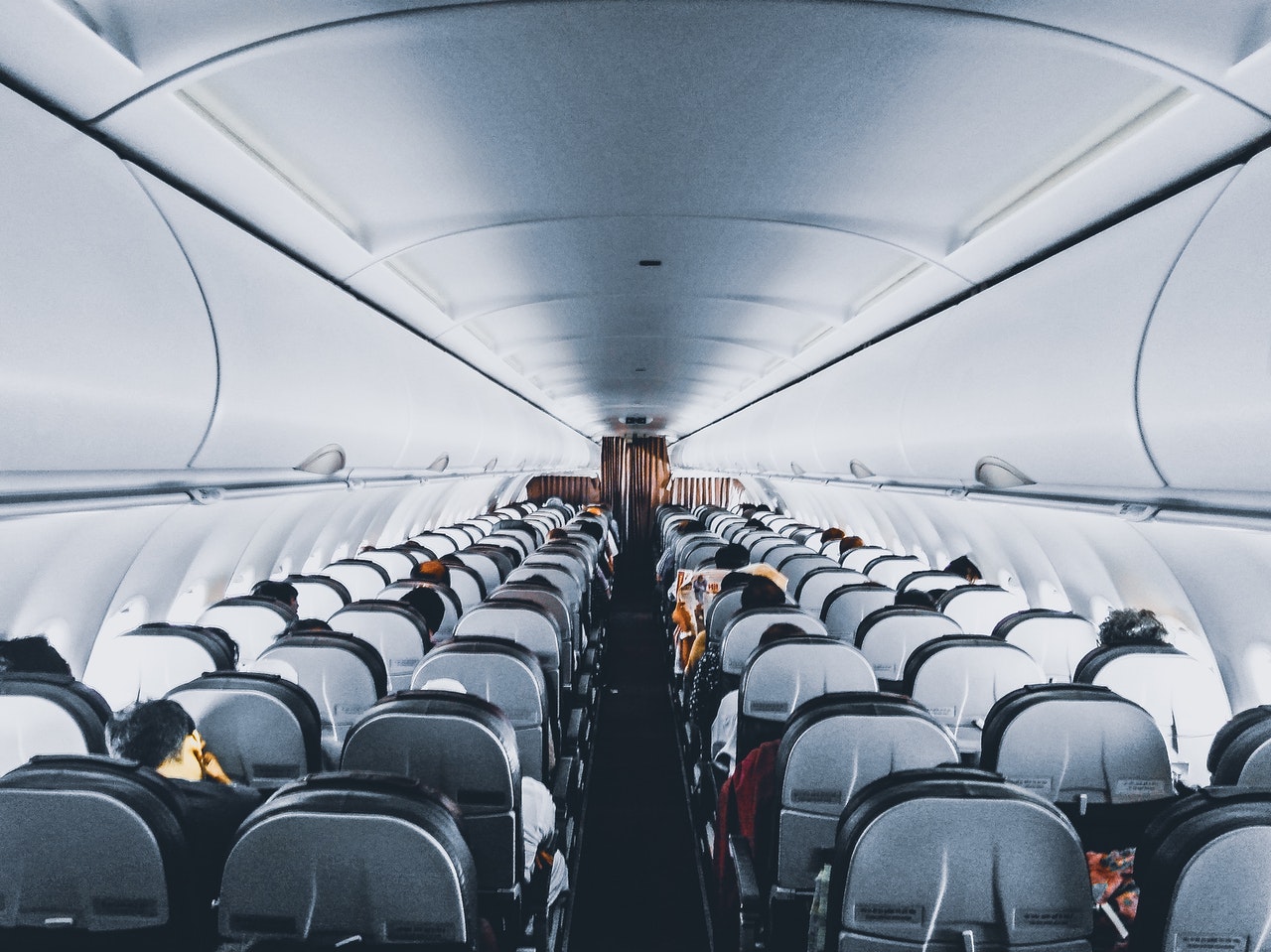There is no doubt that air connectivity plays a key role in the overall development of the Maltese economy. More than 50 per cent of Malta’s GDP consists of sectors that are highly reliant on air connectivity namely, travel and tourism, gaming, financial and professional services as well as manufacturing.
Malta’s tourism industry is inherently dependant on air connectivity as 98 per cent of incoming tourists travel to the Maltese Islands by air. Visiting tourists in turn drive the growth of retail, hospitality, food and beverage, entertainment, cultural and other related sectors. The cross- border connectivity also boosts international trade and the service industry.
The number of persons who can travel to the Maltese Islands will therefore be always limited by the number of seats that airlines allocate for travel to and from Malta. This is known as “airline capacity”.
It has recently been reported in the local media that Malta appears to have lost “airline capacity” compared to other Mediterranean destinations and that this factor alone casts serious doubts on our country’s ability to stage a full recovery of the tourism sectors. The seat capacity of the Maltese Islands is expected to be around 85 per cent of pre-COVID levels whilst the top gainers are, as one would expect, Spain, Italy and Greece. Some of these reports have implied that this reduced “airline capacity” is due Malta’s restrictive travel rules and protocols related to COVID.
Whilst restrictive travel rules are certainly a consideration that every airline takes when planning its route network, schedules and travel programs i.e., when deciding how many seats it allocates to which destinations, it would be wrong to conclude that airlines reduce capacity to destinations because of restrictive travel rules. There are several other determining factors, that airlines take into consideration, and all are of an economic nature. Restrictive travel considerations are less important now than they were during the peak of COVID.
The business of airlines is about flying aircraft and filling the seats that they allocate to the various routes in their network at a satisfactory return. The network is always an airline’s largest cost centre, and it is today more important than ever for airlines to seek to optimise their network for profitability rather than for volume. This is critical for an airline’s survival. Airlines will no longer allocate capacity at any cost. Therefore, the first factor that airlines take into consideration when planning their networks is the projected passenger movements to and from specific destinations – the demand. Whilst post-COVID forecasts are less reliable, there exits an important universe of sources of such data that airlines use in addition to their own proprietary data. Long term forecasts have become more difficult to produce but are vital for an industry such as aviation where long-term planning is required.
Like most other sectors, airlines are being faced with meteoric increases in certain of their operational costs such as fuel, airport costs, costs of air navigation services etc.
The importance for airlines to achieve the highest “Seat Load Factors” possible across their network is the other critical factor for survival. The break-even “Seat Load Factor” had been creeping up well before COVID and for most airlines this is now well above 80 per cent. One would therefore expect airlines to stop routes that do not achieve break-even “Seat Load Factors” over an acceptable time.
Airlines have no choice but to continue to actively seek to increase their revenues and reduce their costs of operation on their assets (aircraft) to make them sustainable and profitable and to be able to service the significantly higher debt assumed during and post-COVID. In my view, this is going to lead to some major shifts in the market and it would not be unreasonable to expect the fare differential between low cost carriers and other airlines to reduce or be completely erased over time, particularly in peak travel months.
Another important factor for the diminishing “airline capacity” is that post COVID, several airlines have reduced their fleets and have less aircraft to fly. This means that airlines will perform less flights and have less seats to allocate across their network. Suffice to mention that the latest EUROCONTROL flight forecast is now 10 years behind the previous long-term forecast.
In 2021, the forward projections of Malta passenger movements indicated that pre-COVID passenger movements would be achieved by late 2024. The last data available indicates that the recovery is now likely to occur a year later in 2025 as growth is generally lower than previously forecast across most travel destinations. More importantly, we need to see the bigger picture as the recovery is also taking place in other Mediterranean destinations which are also competing for increased “airline capacity” – a higher allocation of seats.
The competition for airline capacity in the Mediterranean will intensify and how airlines distribute capacity across their network will not be determined by restrictive travel rules but by purely economic considerations.
Mobilising savings into investments
Malta’s equity market needs to grow in size and depth if it is to embrace the EU’s Savings and Investments ...
Reduction in free float
Lowering Malta’s minimum free float requirement to 10% could unlock new opportunities for the local capital market
A golden age for GO plc
GO plc’s Annual General Meeting revealed a bold shift beyond traditional telecoms, stronger-than-ever financials, and possible share buy-backs







